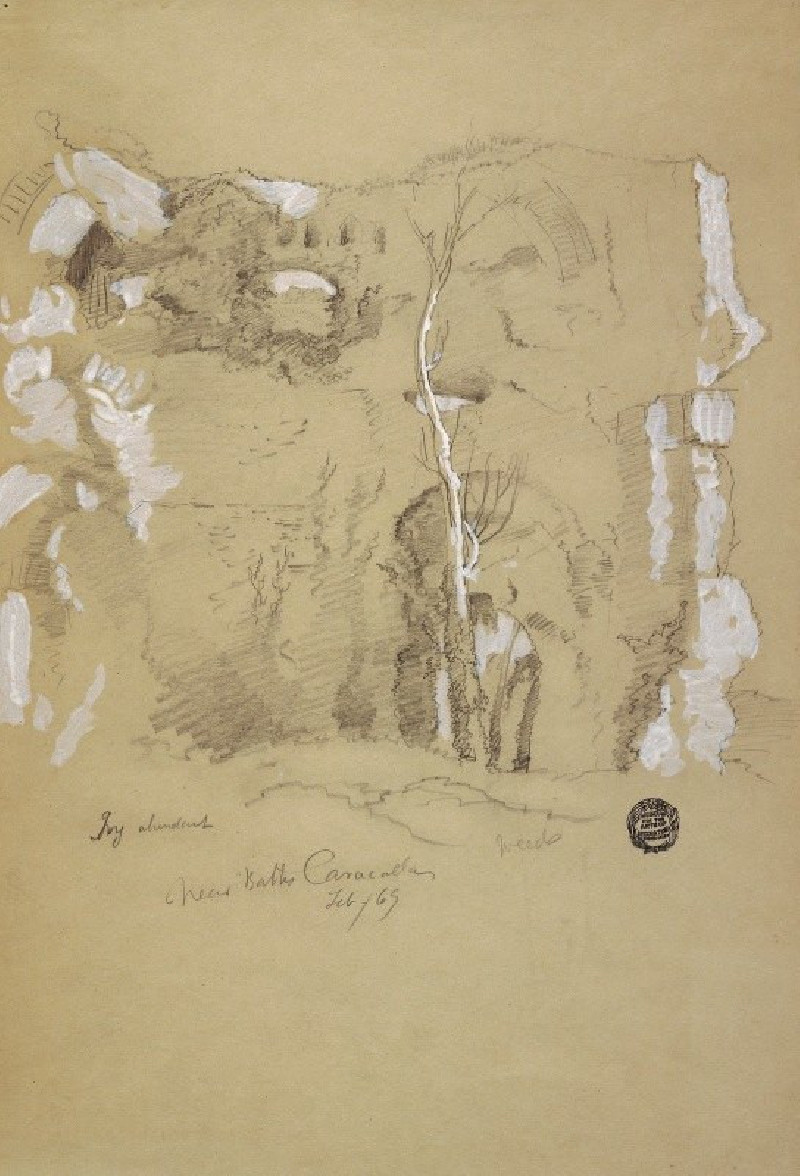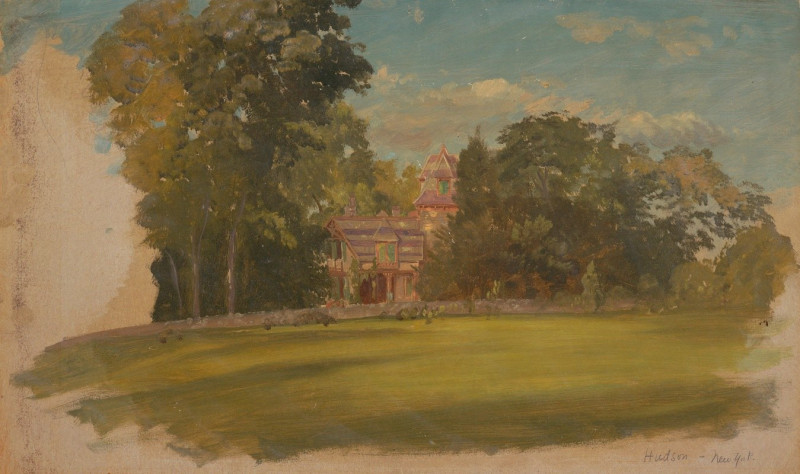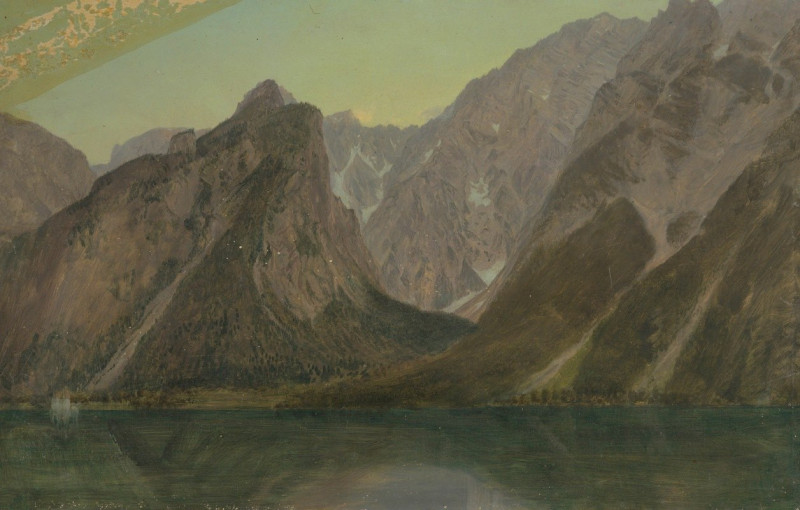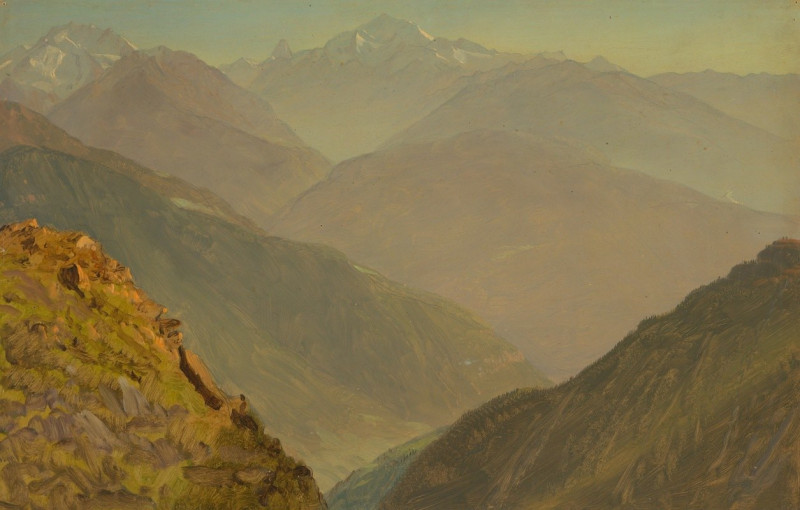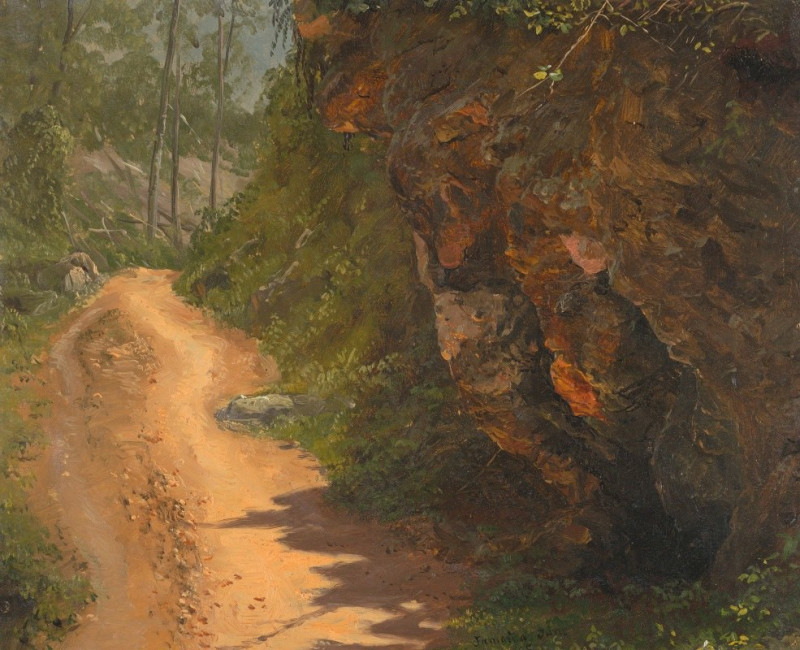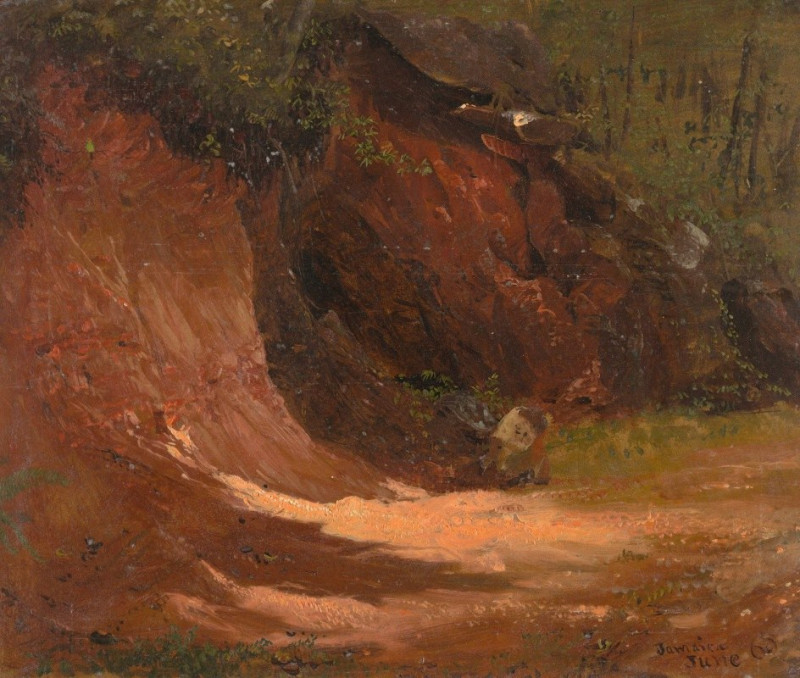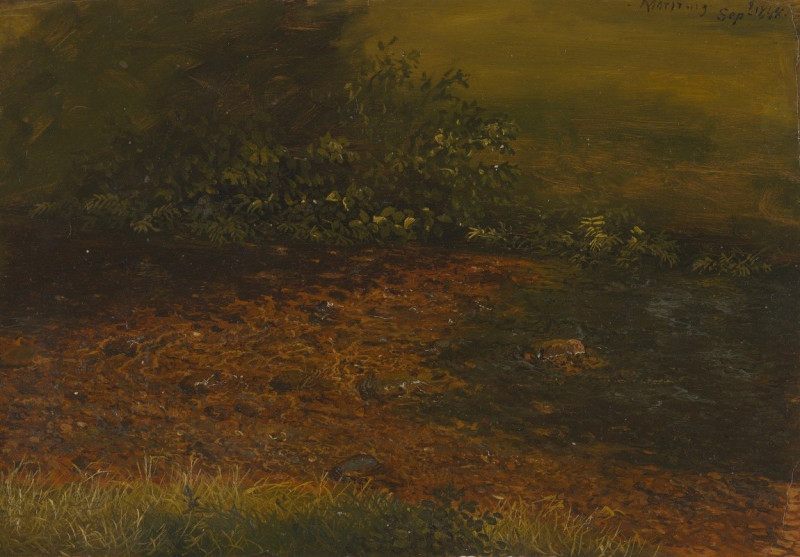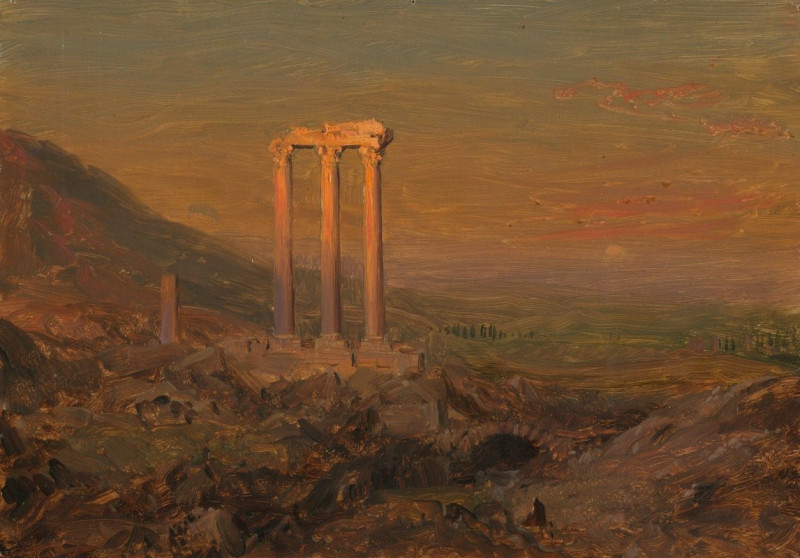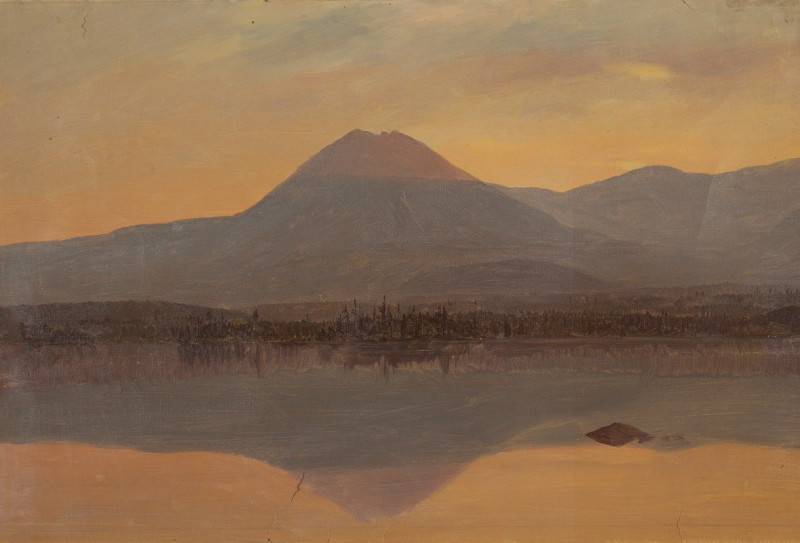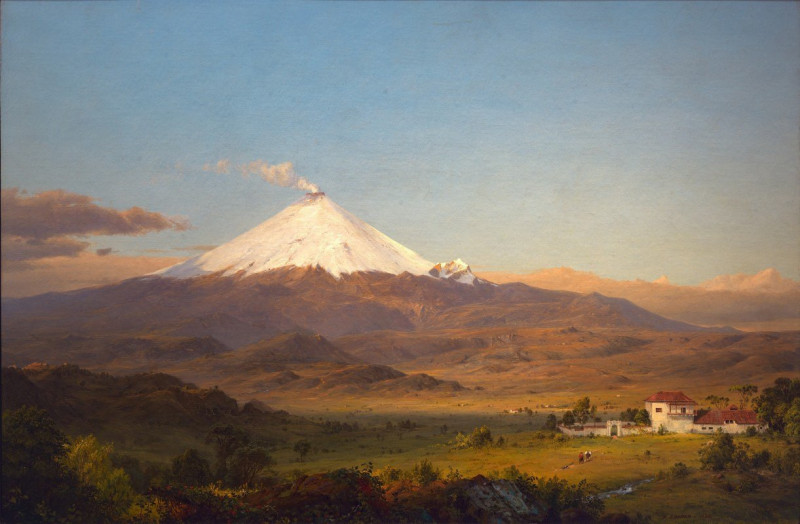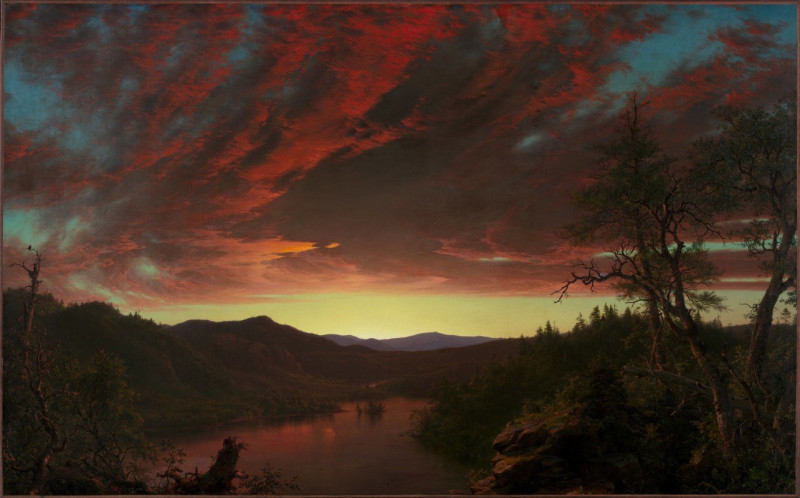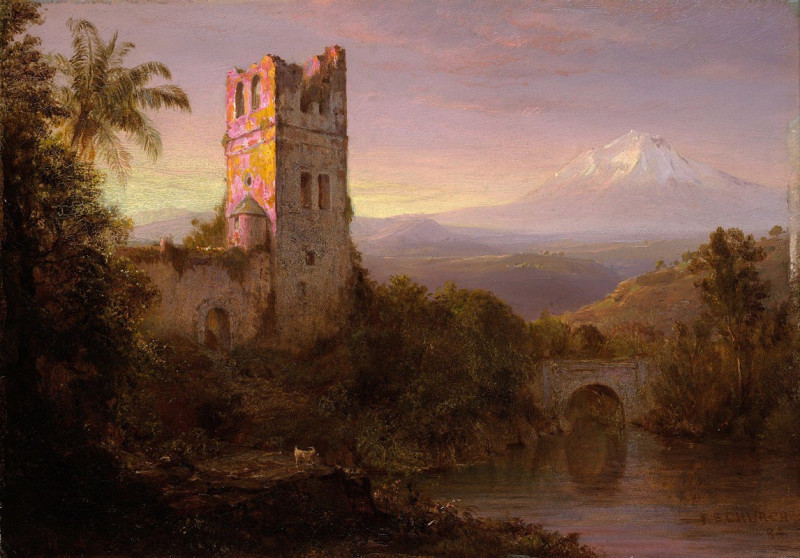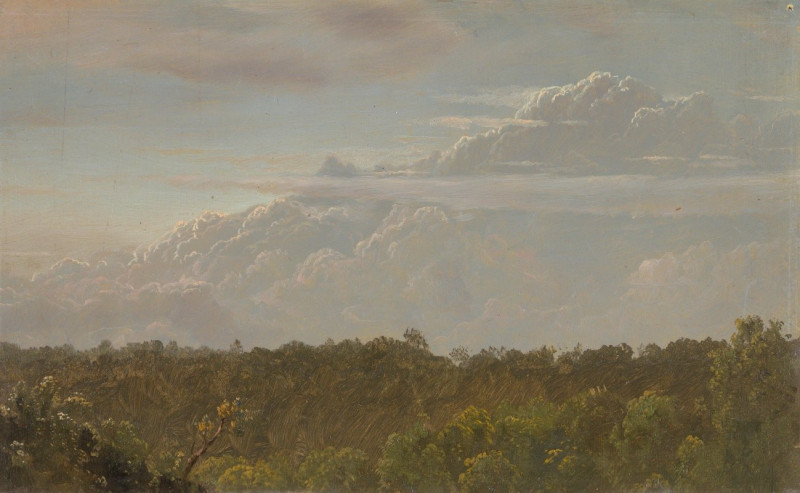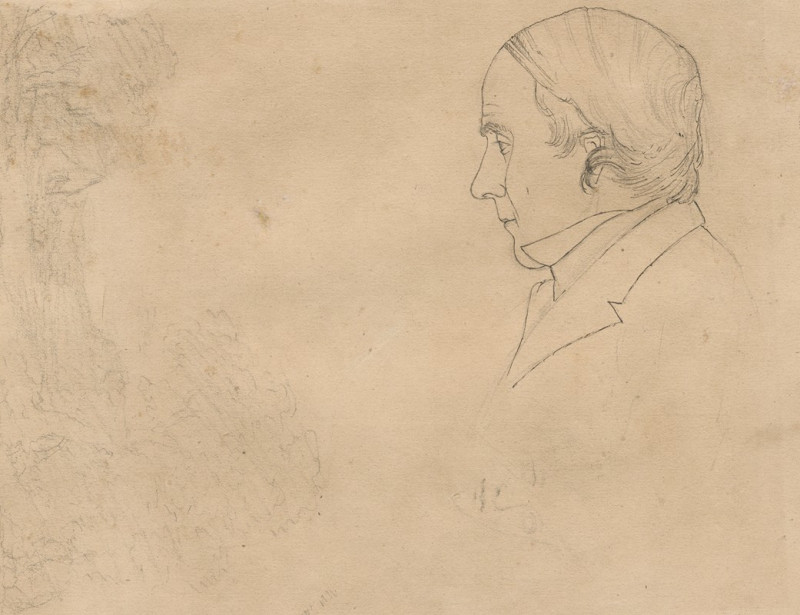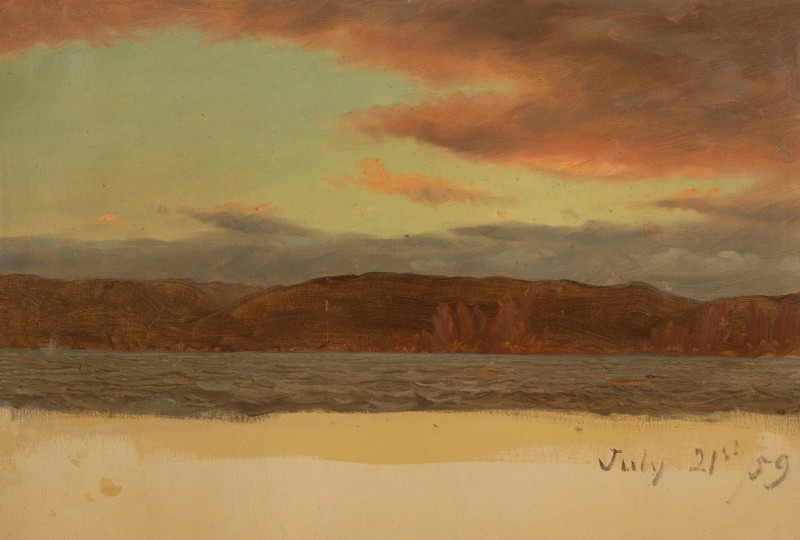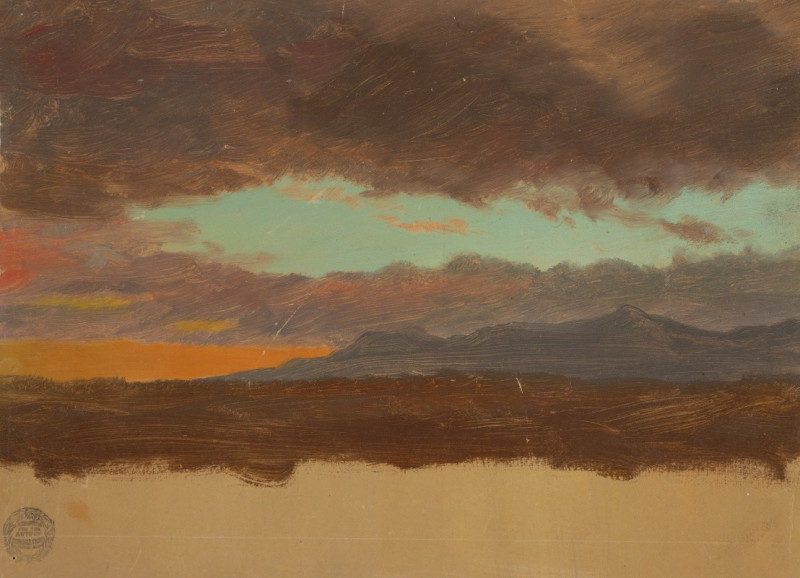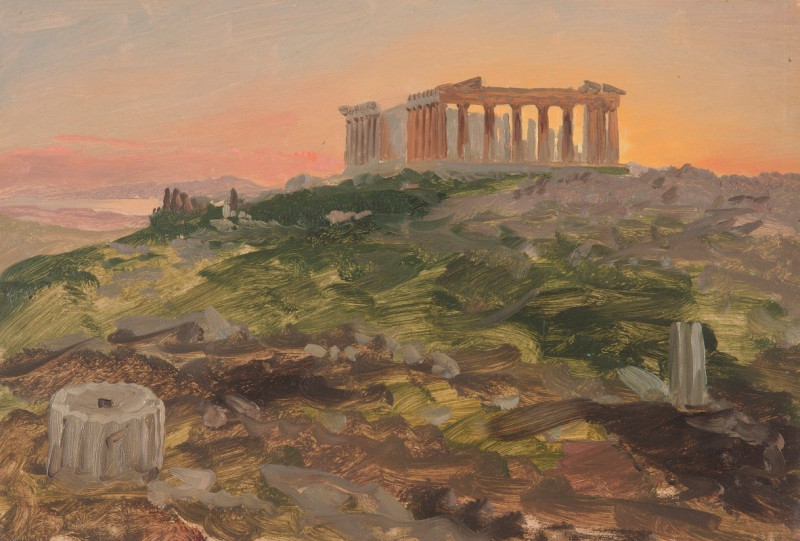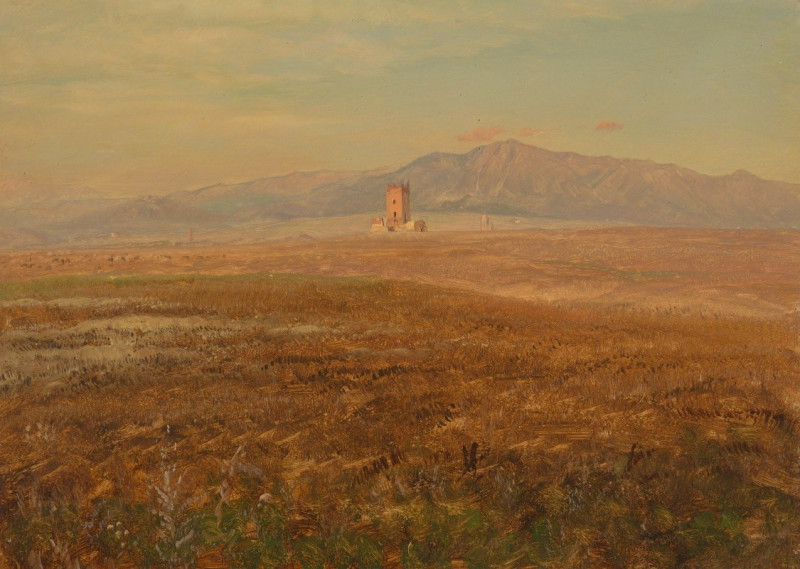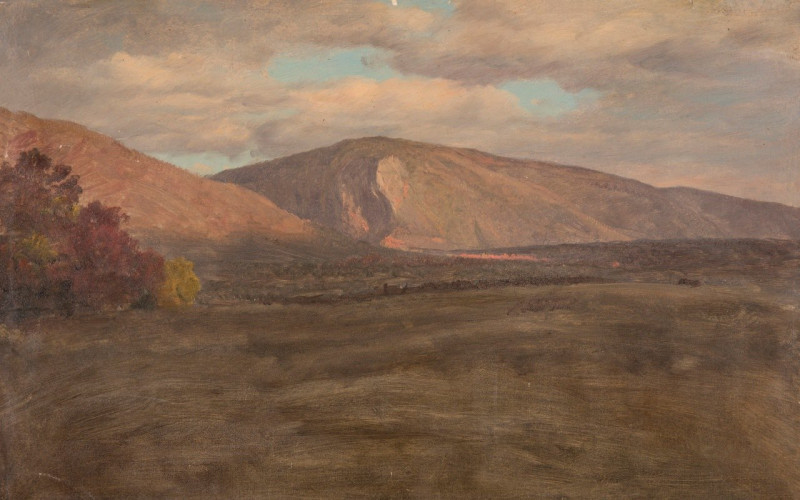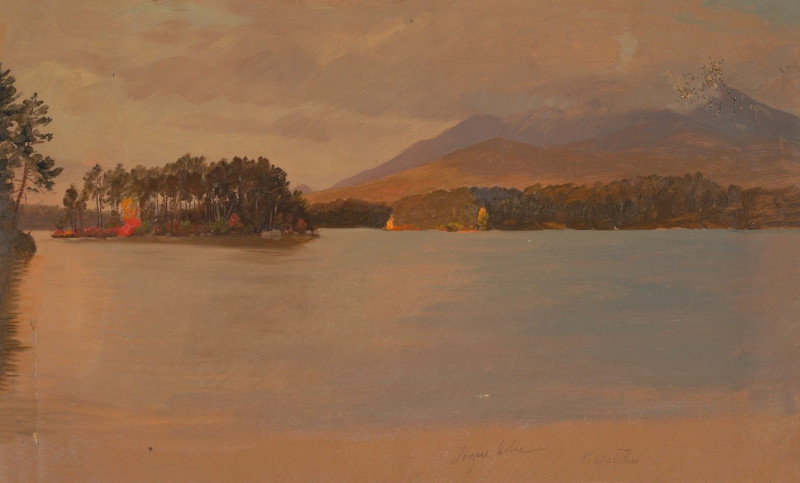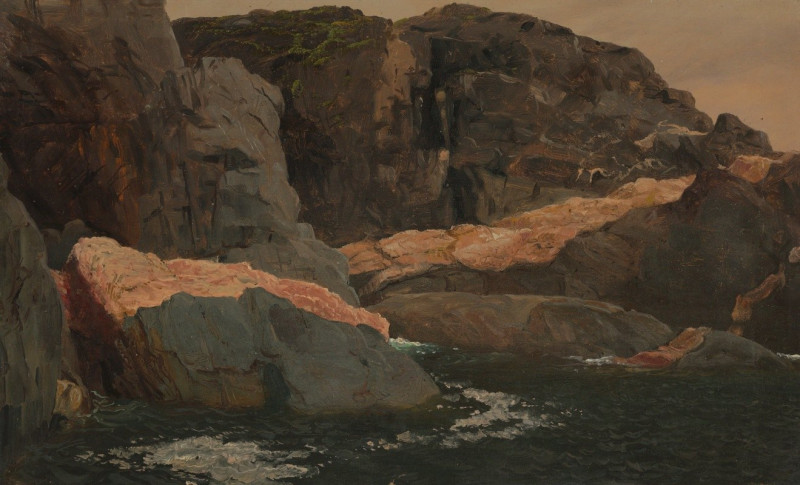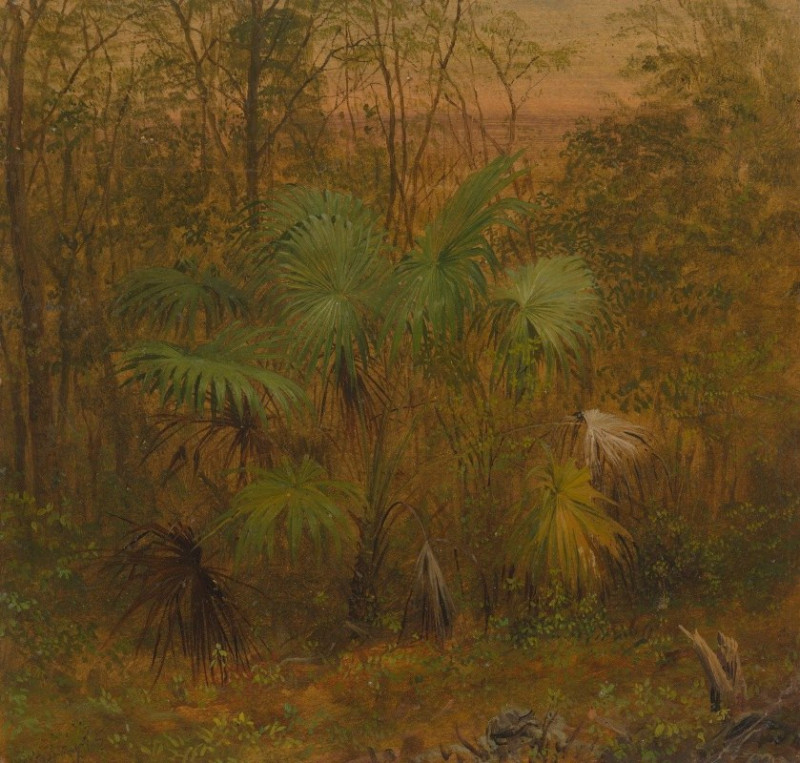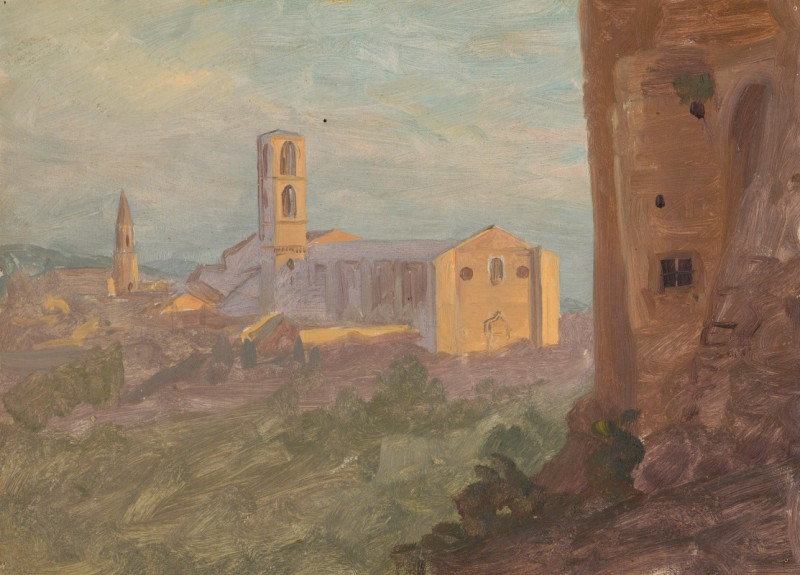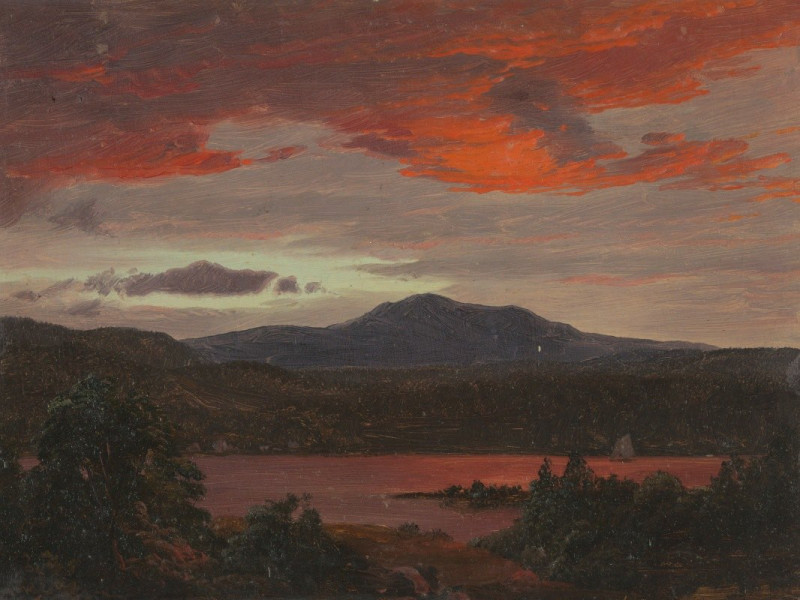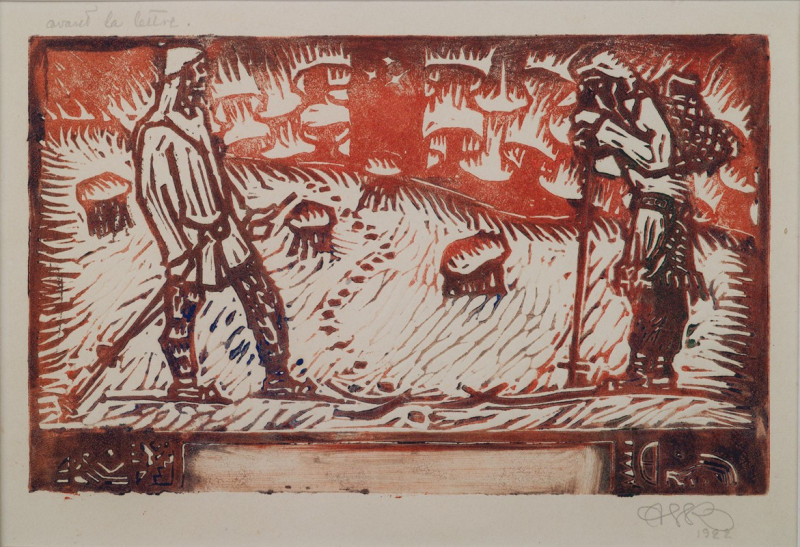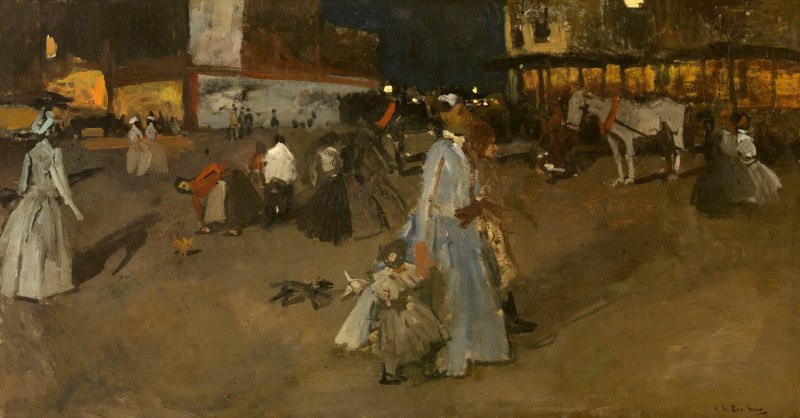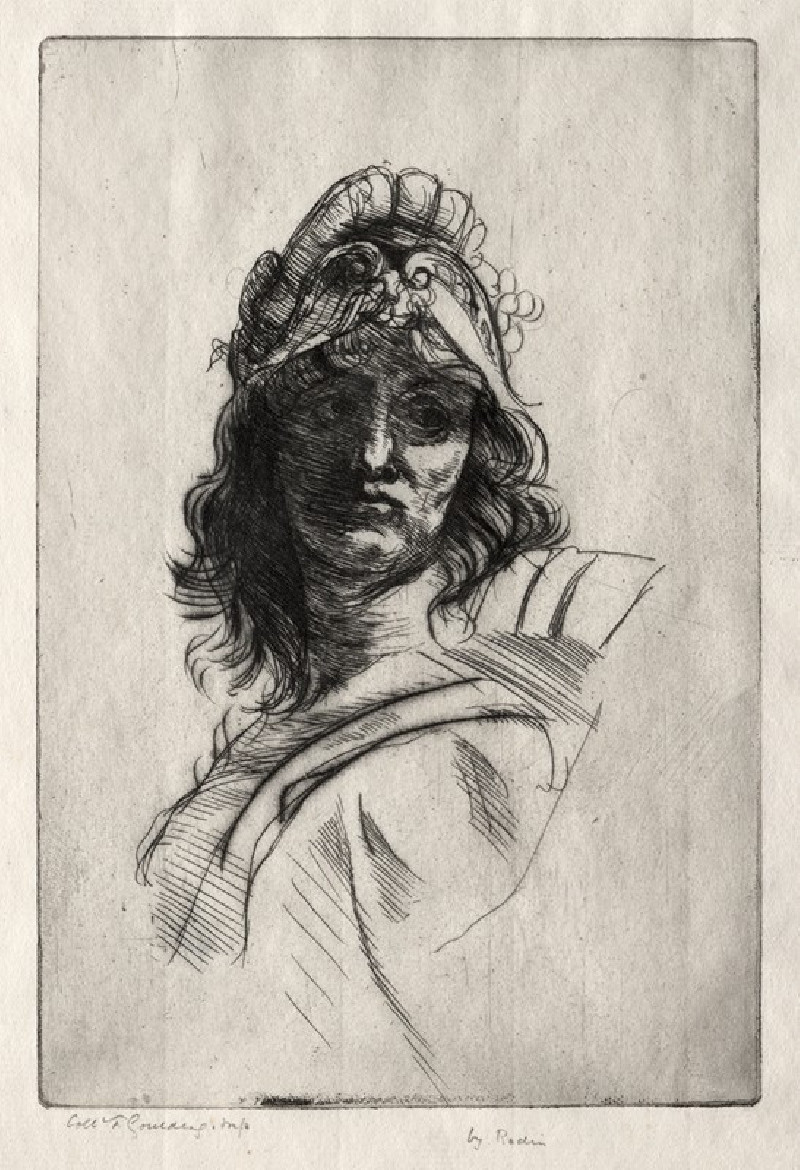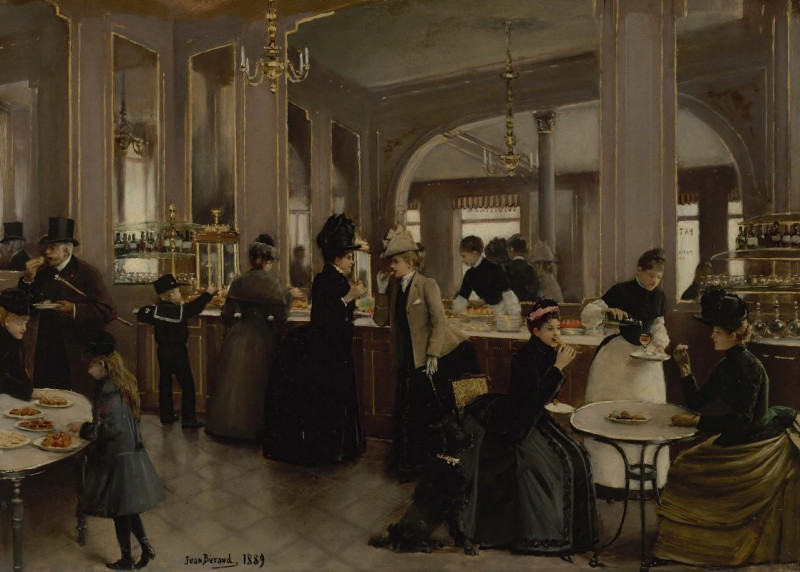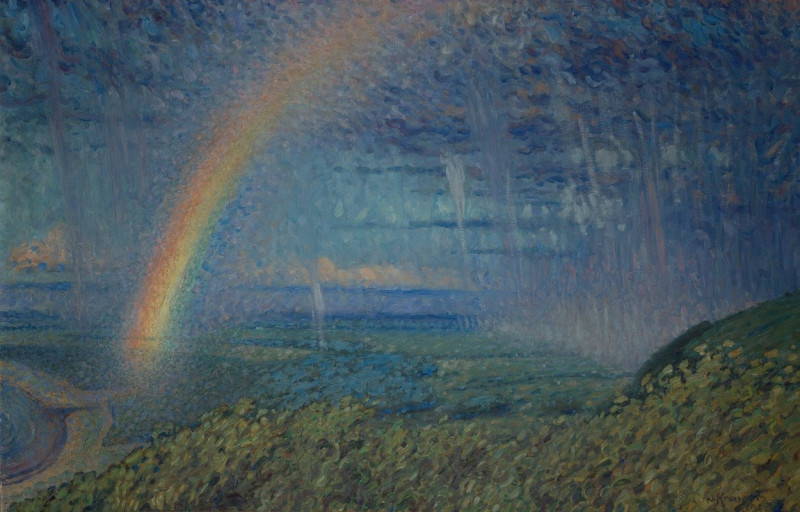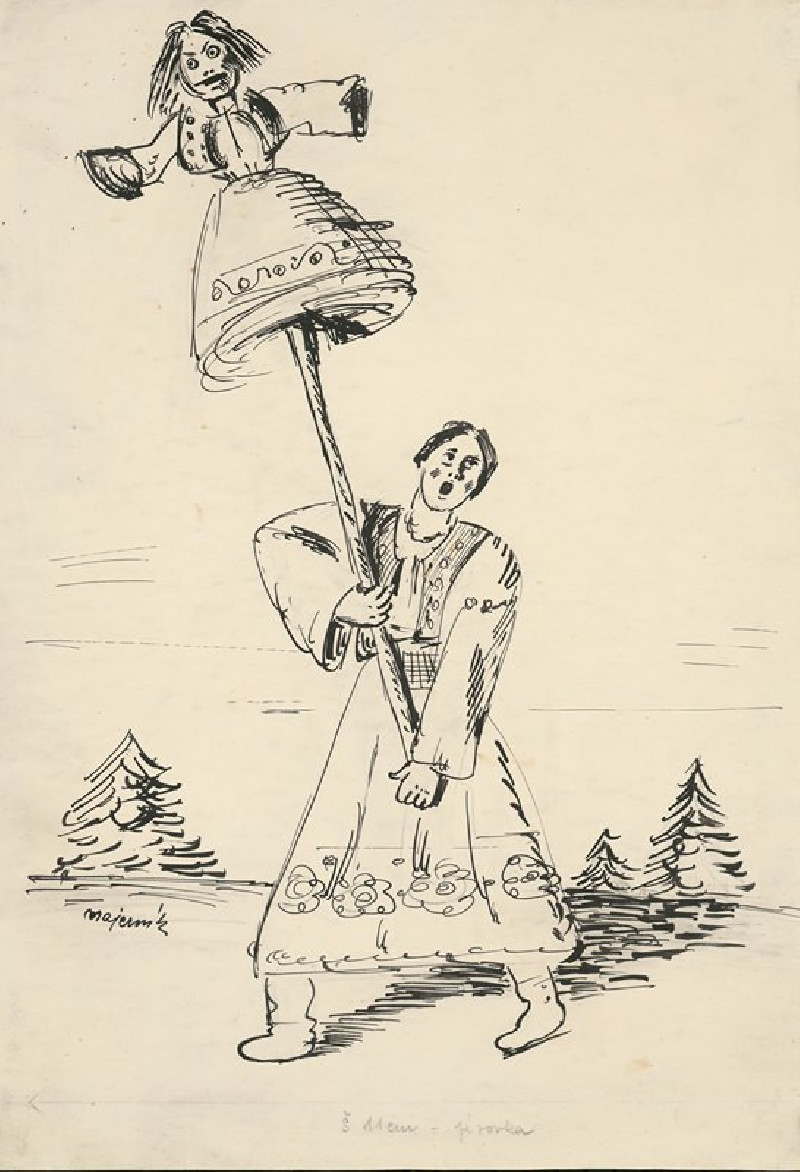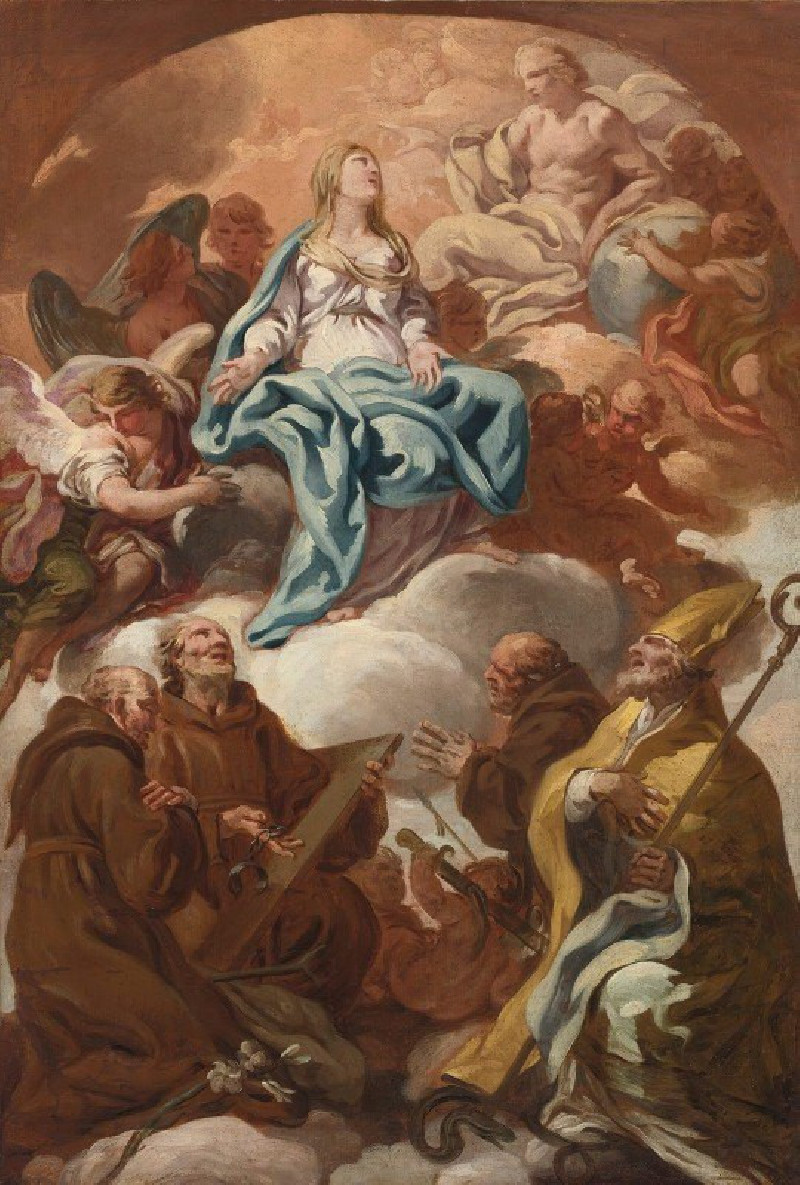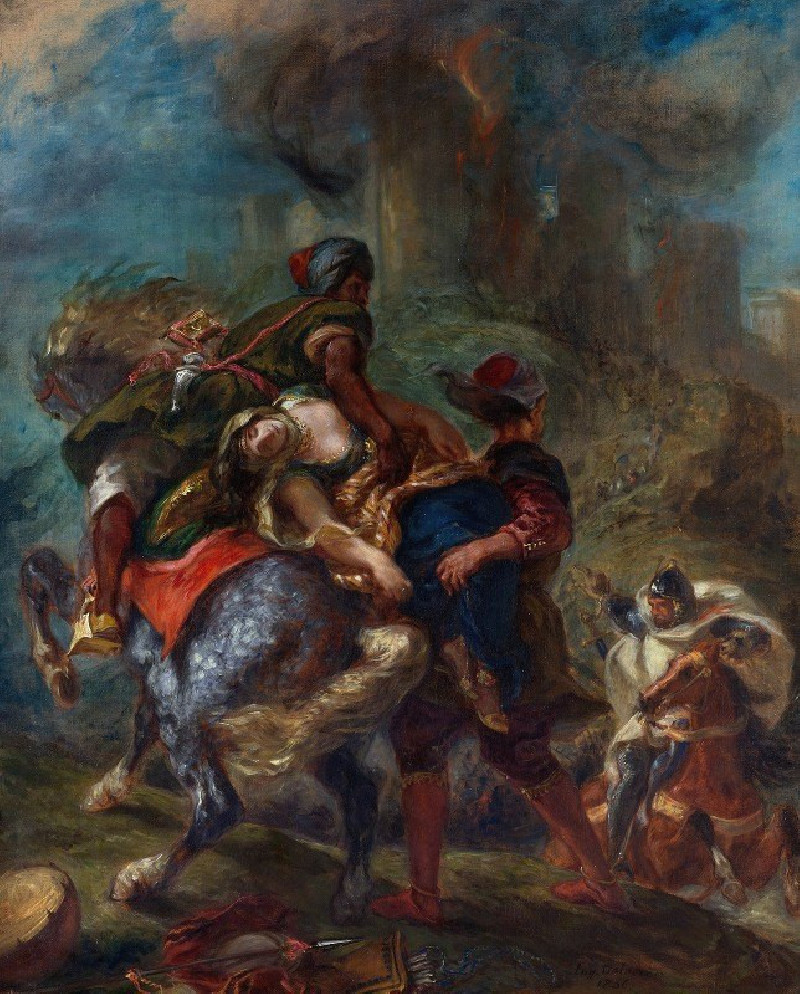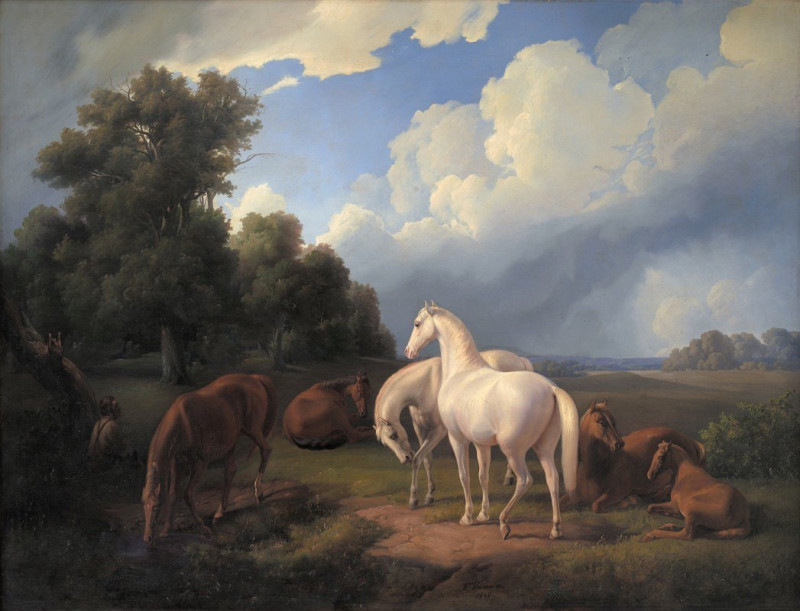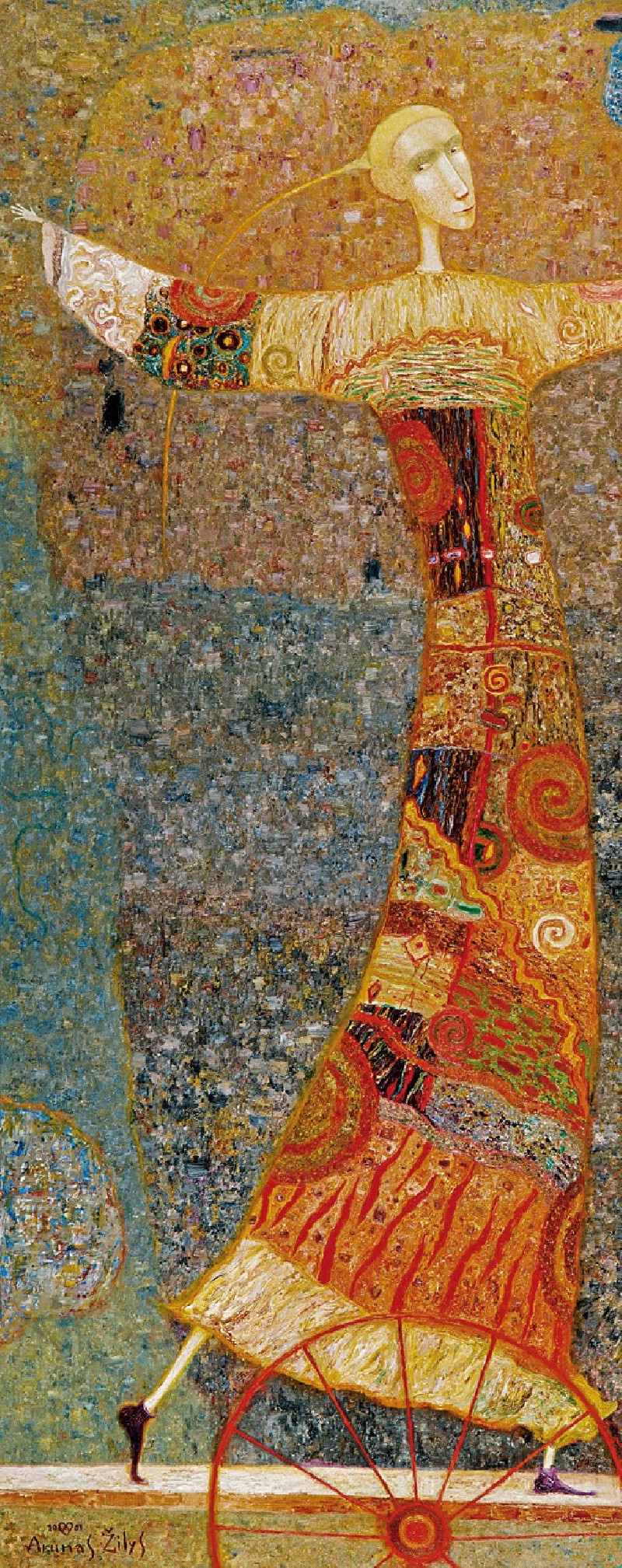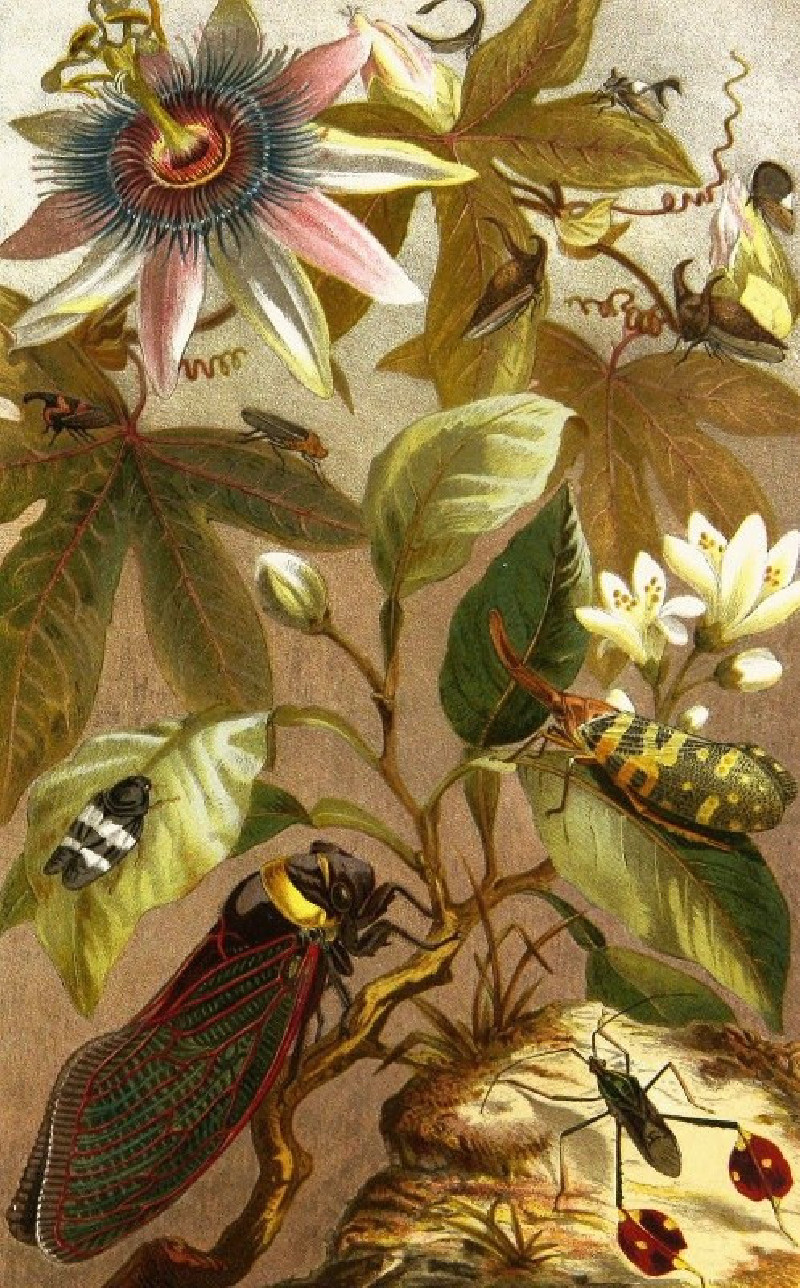Landscape near the Baths of Caracalla, Rome (1869)
Technique: Giclée quality print
Recommended by our customers
More about this artwork
Immerse yourself in the enchanting depths of Frederic Edwin Church's "Landscape near the Baths of Caracalla, Rome." Depicted in this stunning 1869 artwork, Church captures a unique and evocative scene set amidst the historic grandeur of Rome.The painting serves as a masterful expression of light and shadow, rendered through a monochromatic palette that emphasizes texture and form. At the center, a gently twisted tree rises slender and stark against the backdrop of the ancient Baths. These ruins, a remnant of Roman engineering and luxury, stand as silent witnesses to the passage of time, their grand arches and broken walls blending seamlessly into the woody landscape.Church's expert use of chiaroscuro brings out the contrasting elements of the scene, where the white highlights on the foliage dramatically stand out against the deep, shadowy grooves of the ruins. This subtle interplay of light illustrates not just the physical but also the temporal landscape, highlighting the inevitable intertwining of nature and human history.As a viewer, you are drawn into a contemplative journey through Rome's storied past, guided by Church's keen eye for detail and his profound sensitivity to the natural world. This piece not only captures a moment in time but also evokes a sense of serene melancholy and enduring beauty, inviting one to ponder the impermanence of human endeavors in the eternal flow of nature.
Delivery
Returns
Frederic Edwin Church (May 4, 1826 – April 7, 1900) was an American landscape painter born in Hartford, Connecticut. He was a central figure in the Hudson River School of American landscape painters, best known for painting large landscapes, often depicting mountains, waterfalls, and sunsets. Church's paintings put an emphasis on realistic detail, dramatic light, and panoramic views. He debuted some of his major works in single-painting exhibitions to a paying and often enthralled audience in New York City. In his prime, he was one of the most famous painters in the United States.

